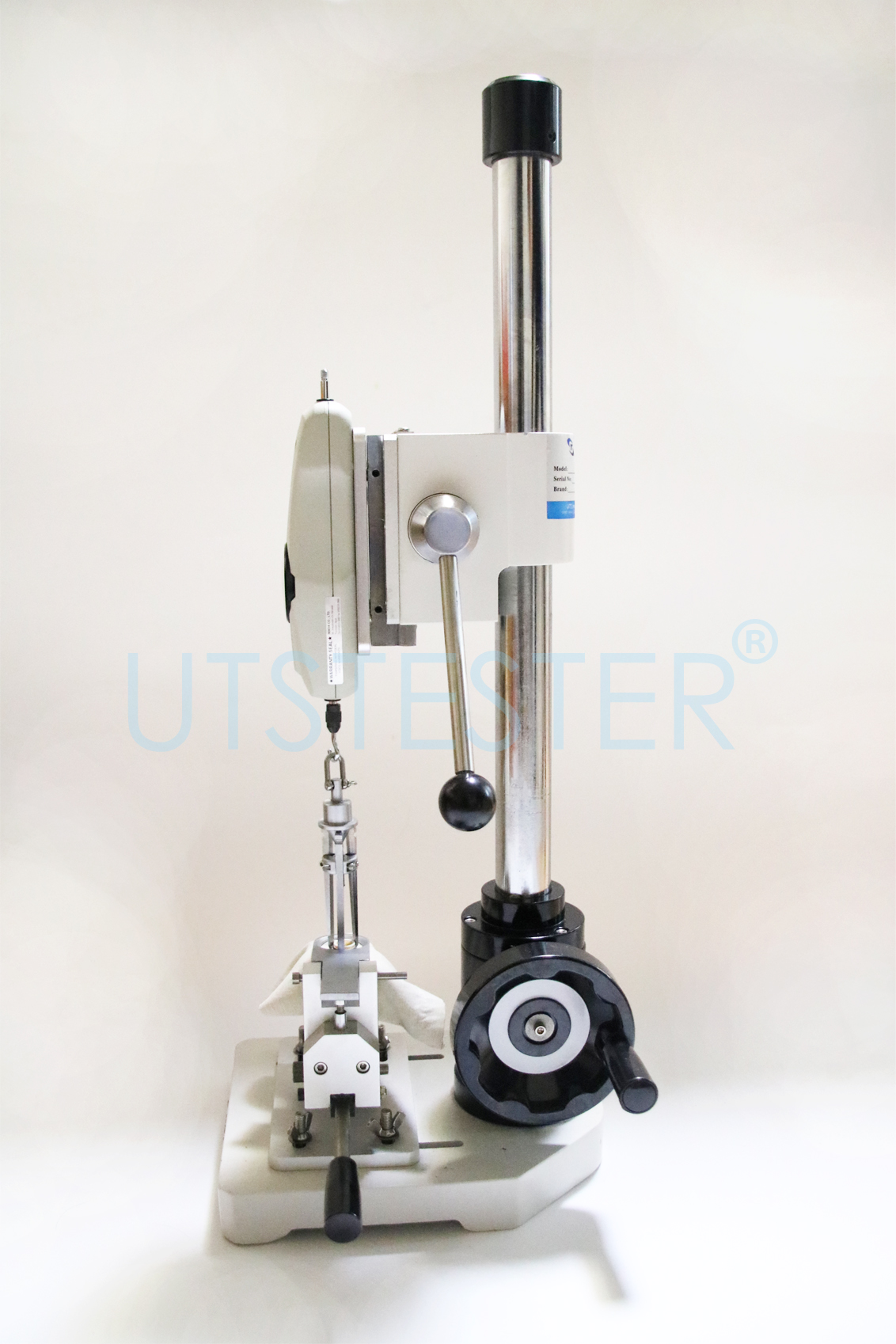 +86 152 6060 5085
+86 152 6060 5085
 +86 152 6060 5085
+86 152 6060 5085
Blog
Catalog
The tensile strength of buttons refers to the maximum load that can be borne when the buttons on textile clothing are stretched by external forces and the deformation at the joints of the fabric reaches a certain degree or when the buttons break off the fabric. Unfastness of button fastening will not only directly affect the wearing and use of textile clothing, but also cause harm to human health and safety. Especially, the unconscious behavior of infants and young children will often lead to the eating of buttons by mistake, entering the trachea or causing asphyxiation and other personal injuries. When the clasp is separated from the garment, its sharp claws are exposed, causing wear damage.
purpose
Testing fastening and adhesion strength of buttons, especially for infants and children's garments, to define the responsibility of the garment manufacturer to ensure that buttons, buttons and fasteners are properly fastened to the garment to prevent the button from disengaging from the garment and the risk of suffocation.
Scope of application
All buttons, buttons and fasteners on garments shall pass the testing of the button strength tester. At the same time, the adhesion strength of clothing, toys, footwear and other accessories can be tested.

The principle
The upper and lower clamps of the tension tester clamped the garment parts. The clamping device moves at a set speed until the parts fall off. Record the shedding strength and manner.
Suitable clamping device can be selected according to different buttons
Test steps
1. Clamping separation rate
Set a certain holding separation rate according to the relevant standards. For example, in GB/T 22704-2008, it is required to be (100 + 10) mm/min
2. Start tension tester and place samples
Adjust clamping position, keep the central axis and tension direction of upper and lower clamping device consistent
Place the sample in the center of the fixture to ensure that the longitudinal center axis of the sample passes vertically through the center line of the upper and lower fixture
Ensure no damage or slippage when placing the sample
3. Operation of tension tester
Record the maximum tension using tension tester. The upper clamping device pulls the part until it is detached from the garment or damaged. The main damage methods are component damage, attachment damage, fabric damage
4. Test results
Record the maximum tension of each sample in newtons, accurate to 0.1N.
Email: hello@utstesters.com
Direct: + 86 152 6060 5085
Tel: +86-596-7686689
Web: www.utstesters.com